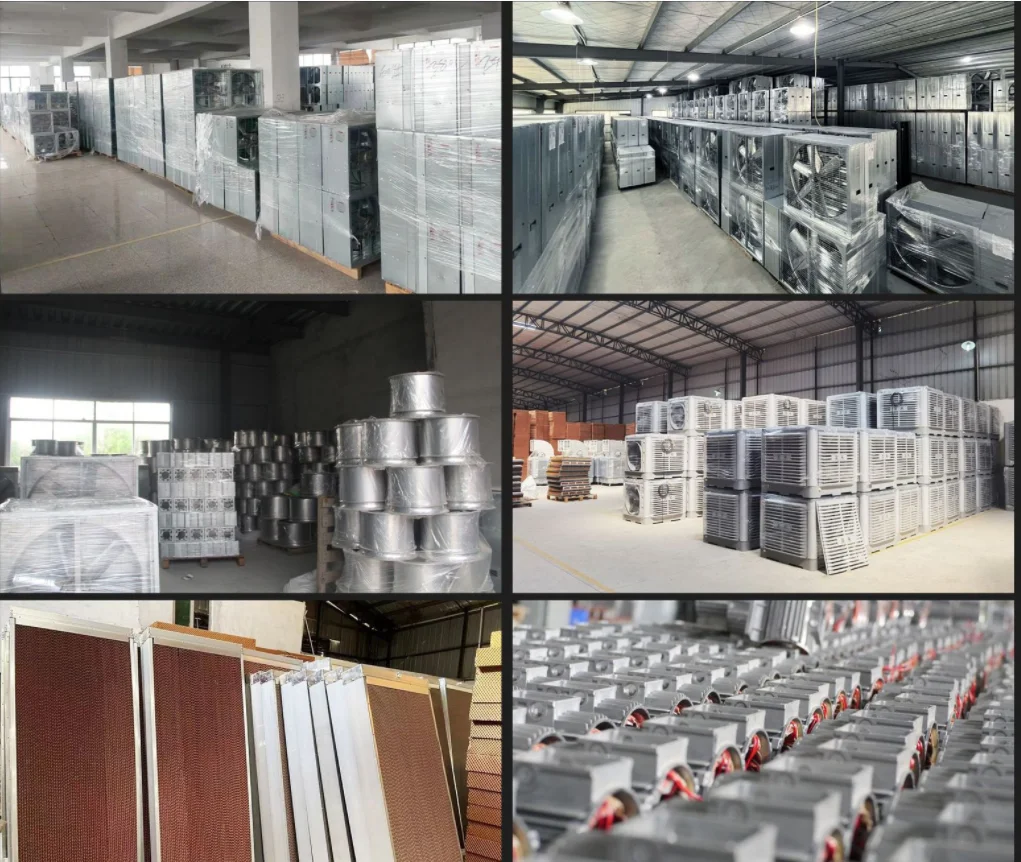Selecting the Right Exhaust Fan for Optimal Laboratory Ventilation and Air Quality Control
Aug . 14, 2024 10:21 Back to list
Selecting the Right Exhaust Fan for Optimal Laboratory Ventilation and Air Quality Control
Exhaust Fans for Laboratories Essential Components for Safety and Efficiency
In modern laboratory environments, the significance of exhaust fans cannot be overstated. As a pivotal component of laboratory ventilation systems, exhaust fans play an essential role in ensuring safe air quality and environmental controls. Laboratories are unique environments that often handle hazardous materials, chemicals, and biological agents. Thus, the need for adequate ventilation is critical for safeguarding the health of personnel and maintaining compliance with regulatory standards.
One of the primary functions of exhaust fans in laboratories is to effectively remove airborne contaminants. These contaminants can include volatile organic compounds (VOCs), toxic fumes, and particulate matter generated during experiments or processes. Without an efficient exhaust system, these pollutants can accumulate, posing serious health risks such as respiratory issues, chemical exposure, and long-term chronic conditions. Exhaust fans work to expel these harmful substances outside the building, allowing fresh air to circulate back into the laboratory.
Exhaust Fans for Laboratories Essential Components for Safety and Efficiency
When selecting exhaust fans for a laboratory, several factors should be considered to ensure optimal performance. Firstly, the design and construction of the fans should cater to the specific needs of the laboratory. For instance, fans need to be robust enough to handle corrosive chemicals if they are used in laboratories dealing with such materials. Furthermore, the noise level of the exhaust fan should be taken into account, as excessive noise can be distracting and detrimental to concentration in a laboratory setting.
exhaust fan for laboratory

Another crucial aspect is the airflow rate of the exhaust fan, measured in cubic feet per minute (CFM). This measurement determines how effectively the fan can remove air from the laboratory. It is essential to calculate the necessary airflow based on the size of the laboratory, the specific activities being conducted, and the types of materials being used. This mathematical approach ensures that the exhaust system will efficiently manage air quality while adhering to Occupational Safety and Health Administration (OSHA) guidelines and American National Standards Institute (ANSI) standards.
Regular maintenance of exhaust fans is paramount to ensure their longevity and operational efficiency. Routine checks should include cleaning filters, inspecting for wear and tear, and ensuring that all components function as intended. Neglecting maintenance can lead to decreased performance, increased energy consumption, and even system failures, which can compromise laboratory safety.
Furthermore, advancements in technology have led to the development of energy-efficient exhaust fans. These modern fans not only help reduce energy costs but also contribute to sustainability efforts within research facilities. By investing in energy-efficient solutions, laboratories can lower their carbon footprint while maintaining a safe working environment.
In conclusion, exhaust fans are indispensable assets in the realm of laboratory safety and efficiency. By effectively managing airborne contaminants, maintaining suitable air pressure, and complying with health regulations, they help create a safe working environment for researchers and staff. With careful selection, regular maintenance, and consideration of technological advancements, laboratories can ensure their exhaust systems operate effectively and continuously safeguard public health and safety.
-
Hot Sale 24 & 18 Door Rabbit Cages - Premium Breeding Solutions
NewsJul.25,2025
-
Automatic Feeding Line System Pan Feeder Nipple Drinker - Anping County Yize Metal Products Co., Ltd.
NewsJul.21,2025
-
Automatic Feeding Line System Pan Feeder Nipple Drinker - Anping County Yize Metal Products Co., Ltd.
NewsJul.21,2025
-
Automatic Feeding Line System - Anping Yize | Precision & Nipple
NewsJul.21,2025
-
Automatic Feeding Line System - Anping Yize | Precision & Nipple
NewsJul.21,2025
-
Automatic Feeding Line System-Anping County Yize Metal Products Co., Ltd.|Efficient Feed Distribution&Customized Animal Farming Solutions
NewsJul.21,2025






